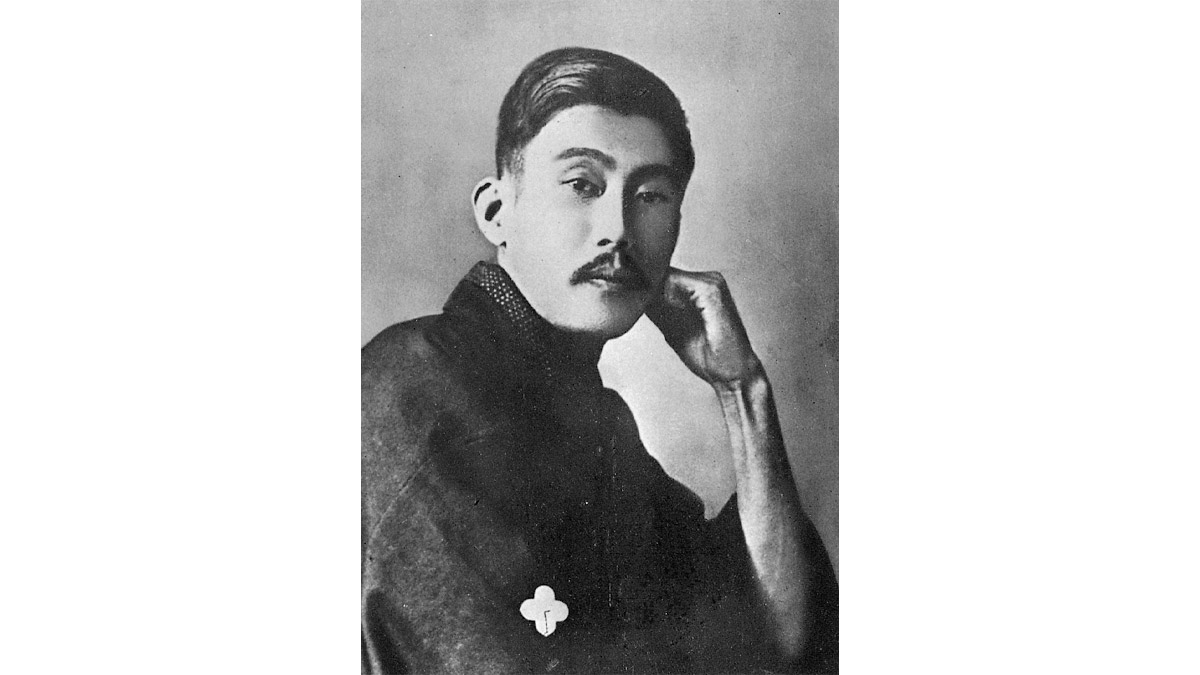The (very) sexy birth of Doujinshi

- Nutaku
- 2021/08/27
Do you, like hit ‘90s band Harvey Danger, want to publish ‘zines and rage against machines? Artists in the early Meiji era of Japan certainly did – so much so, in fact, that they birthed a whole literary genre!
Today, doujinshi has a very specific meaning when used in Western anime spaces. A “doujin” is, to many American fans, an implicitly smutty parody of their favorite anime or gaming characters. It’s interchangeable with porn – especially porn of characters that the artist (or artist circle) didn’t create. But while this is the most popular contemporary version of the phenomenon, it’s a bit disingenuous. To reduce the breadth and scope of doujinshi down to “porn fan comics” is to ignore much of the fascinating history that got it to this point.

Doujinshi began to crop up during the late 19th century, as Japan underwent a massive socio-economic transformation under the new Meiji rule. Young authors like renowned poet Ozaki Koyo needed a new, more independent press to keep up with the changing times. Koyo, along with his contemporary Yamada Bimyo, threw the gauntlet in 1885 with Garukata Bunko – an independent collection of transgressive pieces from authors of the time. This would prove to be the fertile ground that doujinshi, as we know it today, grew out of. Even in post-war years, the small print practice endured, as it proved to be a vital way for indie artists to get their work into the right hands.
In 2011, Patrick Galbraith suggested a contributing factor to doujinshi’s boom in the ‘70s and ‘80s had a lot to do with the rise of the photocopier. It was easier than ever before to make something, print a bunch of copies, and take all the marketing into your own hands. This allowed anyone to make anything at any time for any number of people, which was a revolutionary concept for small press at the time. Through the ‘70s, more independent artists began to produce and distribute their own works, which grew into a thriving cottage industry as it entered the next decade.
Doujinshi’s rise in popularity happened to coincide with the growth and boom of otaku culture in ‘80s Japan, and the two would dovetail in a spectacular way. So much of ‘80s otaku culture was about living and breathing your obsession – dedicating yourself to plastic goddesses and swearing your allegiance to animated “wives.” There was a glorification of this lifestyle that companies began to latch onto in now-familiar ways, like selling eager fans deluxe model kits and high-end figures of their favorite characters. Yet something was missing, fans felt. It was one thing to buy figures and collect merch of their favorite characters – it was something else entirely to see them act out every possible fantasy.

Comic Market (or Comiket) gave fans that outlet, starting in 1975. As doujin began to boom in popularity, more and more anime fans were looking for ways to act out their wildest anime and manga fantasies. These fans would often find their way to doujin, and began crafting their very own erotic parodies of their favorite series. Much like Star Trek slash fiction of the ‘60s, and Tijuana Bibles before that, parody doujinshi started to take popular characters from big series of the day, like Captain Tsubasa and Gundam, and put them in erotic situations they’d never be in on TV.
It’s here where doujinshi as we know it today really took off. As the doujin scene exploded, many successful illustrators, animators, and writers would find their way to it, and craft some of their earliest works in that space. Anime legends who have worked on shows like Evangelion and Card Captor Sakura cut their teeth on doujinshi early on in their career, and it gave them the fundamentals they needed to blaze trails through the industry. This even happens today, actually – the creator of this year’s smash-hit Nagatoro was a doujin artist well before he went mainstream!
The platonic ideal of doujinshi, as an enterprise, is to publish something free of traditional print restrictions. Even the nastiest of hentai doujin apply here, as explicit and even grotesque depictions of fan favorite characters still play a vital role in keeping satire alive in a way it couldn’t be in a mainstream publication. That’s why porn parodies are, believe it or not, a valid and important artistic effort! Just like we need big movies, games, shows, etc., we also need people willing to take those things and make fun of them by spiking them with horny and silly twists.

At Nutaku, we’re extremely happy to keep this tradition alive in many of our games, like Project QT, Comix Harem, and Long Lost Lust. These are fun and original titles that also play around with the classic doujinshi tradition of sexing up similar to, but legally distinct from, versions of beloved characters. By riffing on and playing with sexy reimaginings of your favorite princesses, superheroines, or interdimensional demon-fighting schoolgirls, these games invite you to think of your favorite stories and characters in a whole new context. It’s that sort of fun imagination and creativity that helps people look at the world in a less stuffy, more fun way – not to mention a sexier!
So the next time you see a sexy doujinshi with your favorite anime ninja, or a horny game with a character that looks an awful lot like that princess with the big ice castle, remember that creativity doesn’t come out of thin air – especially when it comes to porn. Every single artist who works on everything ever has inspirations, and in porn, a liberal understanding of “parody” allows those artists to pay tribute to their inspirations in the sexiest ways possible.
“We think this design is so good,” they say, “we want to have sex with it!”
Really, we can’t think of a higher form of flattery.




